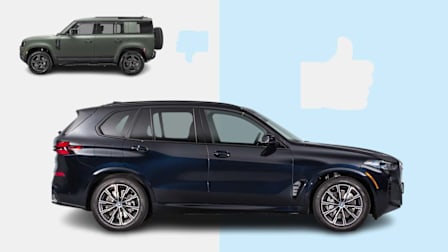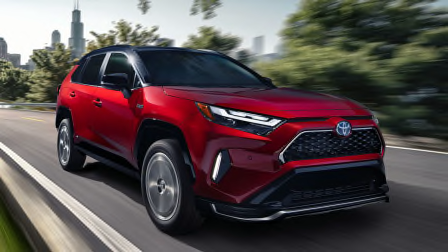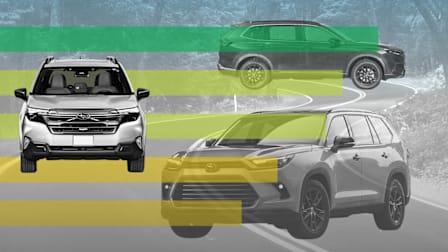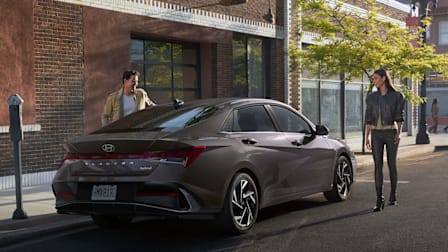Will a Plug-In Hybrid Save You Money?
We've calculated the cost of owning three CR Recommended PHEVs, comparing them with their gas, hybrid, or EV counterparts
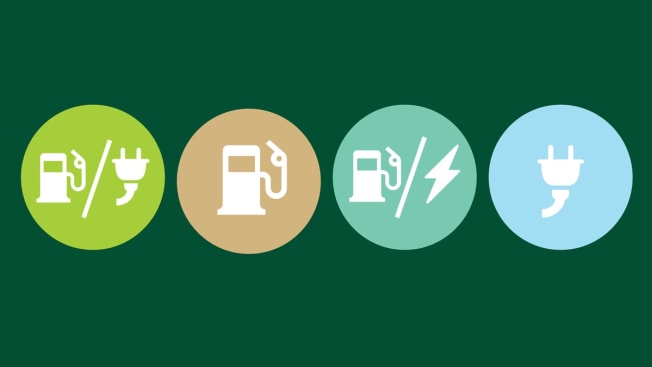
A plug-in hybrid electric vehicle (PHEV) will almost always cost less to fuel than a conventional car and will usually cost less than a hybrid, too, says Jake Fisher, senior director of CR’s Auto Test Center. But on average, the purchase prices of PHEVs we tested were 15 percent higher than their gas-only counterparts and 13 percent higher than hybrids. Whether your fuel savings will cover the additional purchase cost depends on a number of factors. (To better understand the lingo, read The Words You Need to Know Before You Buy a Hybrid, EV, or PHEV.)
- Cost Comparisons: BMW 3 Series Hyundai Tucson Kia Niro
Best Cars of the Year and Top Car Brands
See CR’s 10 Top Picks of 2025, find out who makes the best vehicles, and learn more in our annual report on car performance, reliability, owner satisfaction, and safety.

PHEV vs. Gas: BMW 3 Series
The winner: PHEV
In general, a PHEV will save you money on fuel over a gas-only version of the same vehicle as long as you regularly plug it in. The payback period depends on your fuel and energy costs. The BMW 330e PHEV costs $1,390 more than the conventional 330i. Even with a modest electric-only range of 20 miles, the 330e pays for itself in just under three years in Washington but over seven years in California.
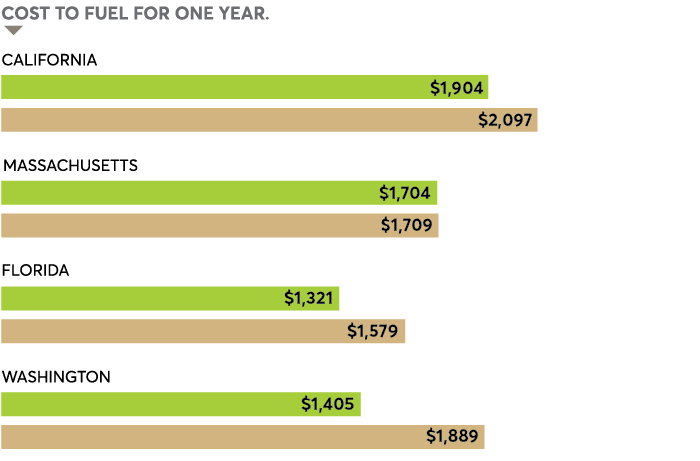

PHEV vs. Hybrid: Hyundai Tucson
The winner: Hybrid
By and large, a PHEV will cost more to purchase than a conventional hybrid. In the case of this Tucson, any fuel savings might not make up the $3,395 difference in cost—especially if electricity is expensive where you live.
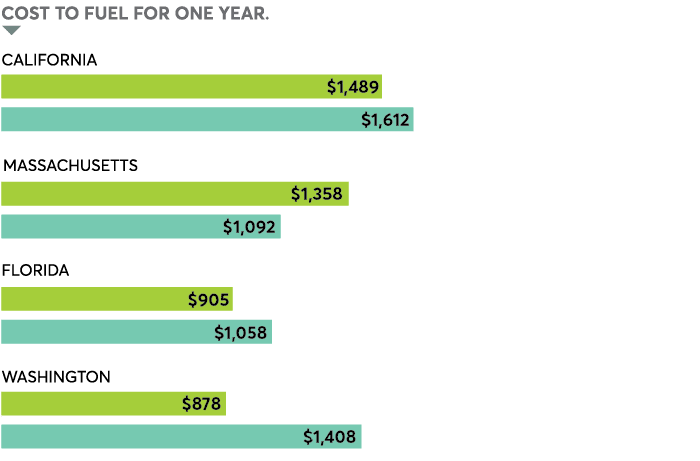
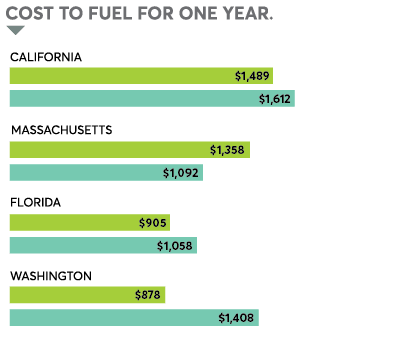
PHEV vs. EV: Kia Niro
The winner: PHEV
Fueling costs are similar between the two vehicle types, and EVs almost always cost more upfront to purchase than PHEVs. The Niro EV would make financial sense only if you could take advantage of state and local incentives that apply to EVs and not PHEVs, if the manufacturer is offering a lease deal on an EV, or if you have solar panels at home.
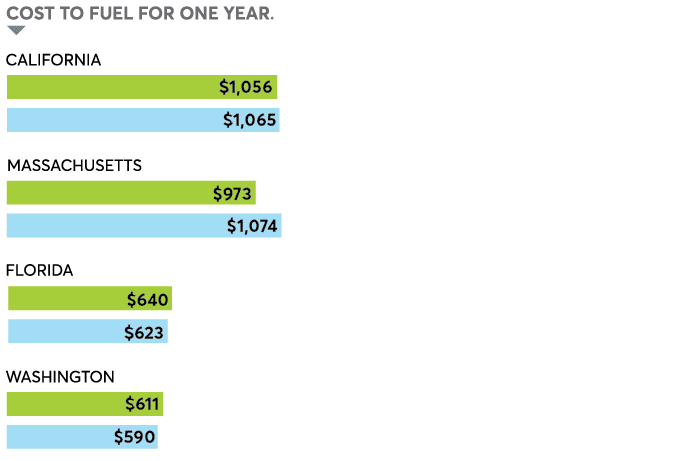
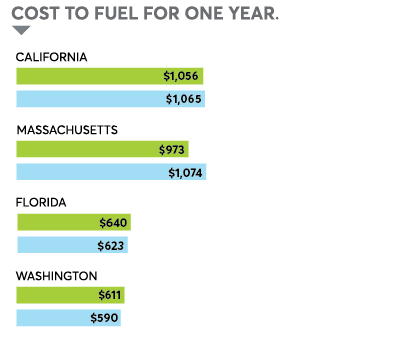
Editor’s Note: This article also appeared in the April 2024 issue of Consumer Reports magazine.

















